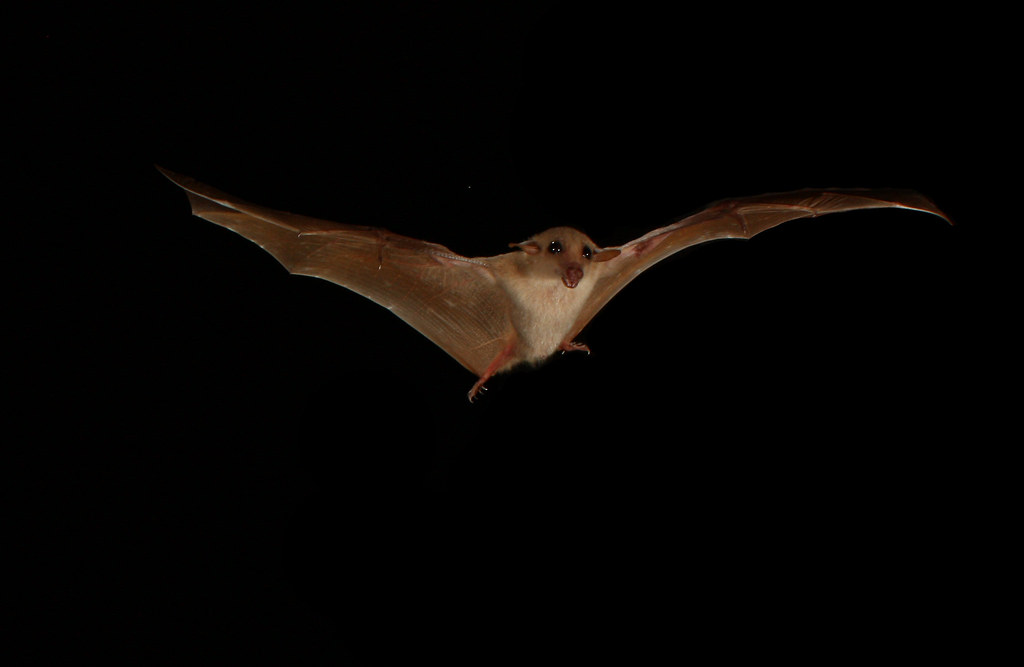#BatAppreciationDay: Not a harbinger of doom but a canary in the coal mine [translations pending]
27 July 2022

We all know the horror movie trope where bats are an omen of evil – but in reality, it is their potential absence which should fill us with fear.
In Western culture, bats are among the most misunderstood of animals – routinely feared and loathed as sinister denizens of the night. But in China, where bats have long been celebrated as symbols of good luck and happiness, their image embellishes the palaces, thrones and robes of emperors.
Perhaps the ancient Chinese realised bats are in fact wonderfully beneficial creatures that provide invaluable services to both natural ecosystems and human economies.
Many of the more than 1,300 species consume vast amounts of insects, including some of the most damaging agricultural pests. Others pollinate many valuable plants, ensuring the production of fruits which support local economies, as well as diverse animal populations.
Fruit-eating bats in the tropics disperse seeds that are critical to restoring cleared or damaged rainforests and even bat droppings are valuable as a rich natural fertilizer.
.jpg)
Far from being an animal to be feared and a symbol of danger, bats are actually a keystone species essential to some tropical and desert ecosystems.
Without their pollination and seed-dispersing services, local ecosystems could gradually collapse as plants fail to provide food and cover for wildlife species near the base of the food chain.
The Social Network

While the complex social lives of dolphins, primates and elephants are becoming well-known, few humans today realise bats belong in the same category.
A 20-year study of a colony of Bechstein’s bats in Europe has proven bats cultivate long-term, stable personal relationships with other individuals and form networks with friends and relatives, including grandmothers, mothers, daughters and their family friends.
Old females up to twenty years of age play a particularly special role in the development and subsequent cohesion of these networks. They instigate exchanges between different groups and will often take their daughters and granddaughters with them when they join other social groups.
Just how individuals recognise each other is still unclear, but bats have been observed rubbing their noses against each other. Bats have an incredible sense of smell and they communicate acoustically through a variety of calls, both of which provide information on individual recognition. All of these attributes help them to distinguish which individuals are in and which are outside of their social networks.
The canary in the coal mine
This world without bats would be infinitely poorer than it is today and entire ecosystems would suffer from their loss.
Yet, of the 1,300 known species in the world today, an astonishing 80% are at risk.
The International Union for the Conservation of Nature (IUCN) lists 26 species as “critically endangered”, 51 others as “endangered” and a shocking 954 species as “vulnerable”.
Habitat destruction, irresponsible guano collection, overhunting for the bushmeat trade and the dramatic growth of wind turbines all threaten the future of bats.
And because bats reproduce slowly, with females of most species giving birth to only one pup per year, recovery from serious losses is painfully slow and tenuous at best.
It is a world where bats are known only in horror movies and ancient palaces that we should fear, not the heartening sight of bats flying at dusk.
BACK




